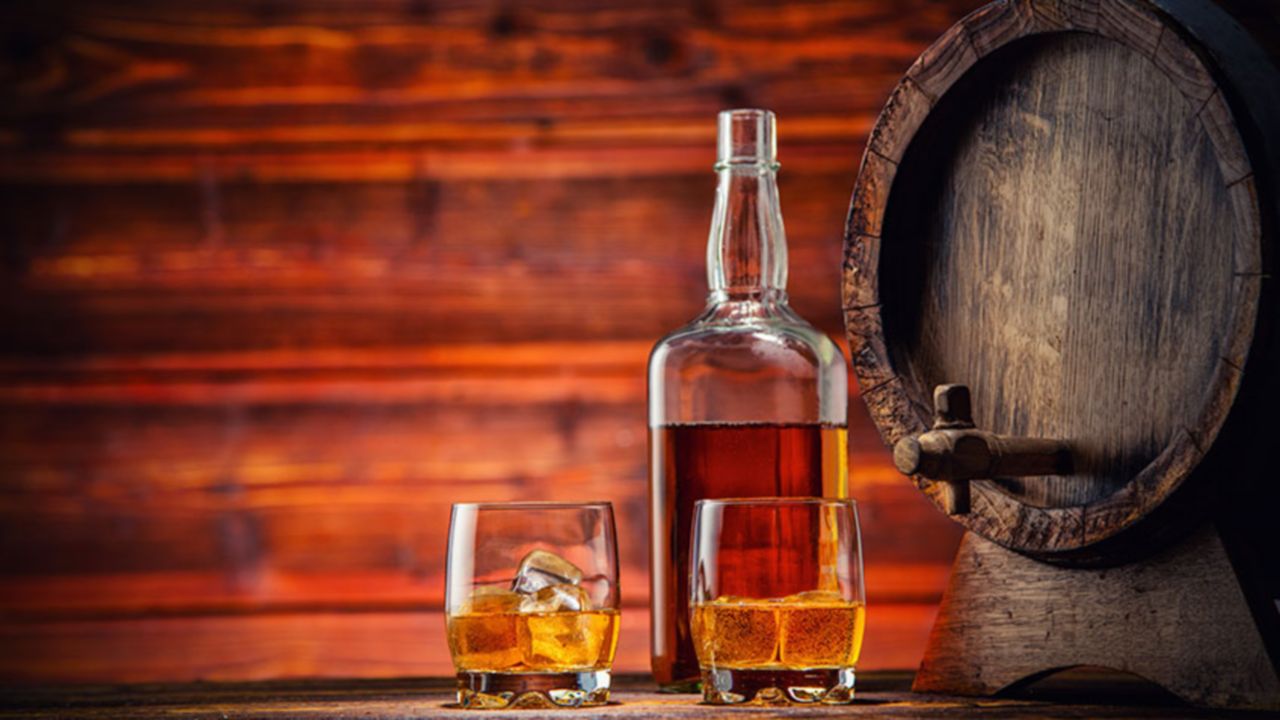Challenge
- Distillery needed to modernize sections of their facility to maximize throughput while respecting equipment and process constraints
Solutions
- Pavilion8 Controller - Implements multivariable control with constraint handling, feed forward, decoupling and dead-time compensation
Results
- Allows operators to focus on high value tasks
- 60% Decreased Variability while Maintaining Proofs
- Stable Distillery Operation, Better Product Quality & Improved Distillation Yield
The Jim Beam Distillery in Clermont, Kentucky has been producing some of the world’s finest spirits for more than 75 years. At the Clermont distillery, over 90 million bottles of spirits are produced annually and shipped to more than 200 countries worldwide. A number of leading bourbon brands are distilled at the facility: Jim Beam Bourbon, Jim Beam Black, and the ultra-premium Small Batch Bourbons: Basil Hayden, Knob Creek, Baker's and Booker's.
More than 600,000 barrels of bourbon are aged in the 27 rack houses on the distillery grounds making the Jim Beam Clermont plant one of the largest in North America.
Process
It is said that for bourbon, 100% of the color and 60% of the flavor comes from the barrel. The other 40% of the flavor results from the grains in the mash bill, the yeast, the fermentation conditions and the distillation proofs of the low wine and the high wine. Maintaining the low and high wine proofs ensures that the desired congeners, substances, other than alcohol, produced during fermentation that affect the flavor, are preserved in the high wine, while undesirable congeners are removed.
The grains listed in the mash bill are cooked and then fermented using yeast to produce “distiller’s beer”. This distiller’s beer, which is about 9% alcohol, is fed to a continuous, multi-stage, column still, called the beer still, where the alcohol is concentrated in the vapor leaving the top of the column. The vapor is condensed and the resulting “low wine”, which is about 60% alcohol or 120 proof, is stored in the retention tank. The remainder of the distiller’s beer leaves the bottom of the still as “thick slop”. The low wine goes through a final, single stage of distillation in the “doubler”. The vapor from the doubler is condensed and the resulting “high wine”, which is about 65% alcohol or 130 proof, is stored in cisterns until it is diluted or “proofed” to the desired concentration before being put into new, charred, oak barrels.
To avoid losing any alcohol, the side streams collected from the beer still, the bottoms from the doubler, as well as other waste streams from the distillery are collected in a tank and fed to a small column still, known as the ”heads and tails still”. The alcohol is concentrated in the vapor leaving the top of the still and is condensed with the low wine.
Challenge
In the last few years, there has been a boom in the worldwide consumption of bourbon whiskey. Jim Beam was looking to modernize sections of their facility to maximize throughput while respecting equipment and process constraints. In order to achieve this objective, reductions in process and quality variance would be required to allow the plant to push closer to their operational limits, increasing throughput while maintaining product integrity. The application will provide real-time model predictive control through the implementation of the technology components.
Solution
The Pavilion8 Controller implements multivariable control with constraint handling, feed forward, decoupling and dead-time compensation. Process models are used to optimize controller actions. Where conventional Model Predictive Control (MPC) uses linear models, The Pavilion8 Controller allows nonlinear models to be used. The Pavilion8 Controller calculates recommended set points for lower level process control loops, typically PID loops, to optimize real-time control performance. These controllers can be placed on or off MPC control by the board operator. More complex strategies may be implemented by configuring one Pavilion8 Controller to write set points to another Pavilion8 Controller’s controlled variables.
The application for Jim Beam:
- Maximizes feed to the beer still to increase throughput, up to the process and quality constraints.
- Manipulates the steam and reflux flows to the beer still to maintain the low wine proof and ensure that no alcohol is lost in the thick slop.
- Manipulates the steam flow to the doubler to maintain the high wine proof.
- Manipulates the steam flow to the heads and tails still to ensure that all alcohol in the collected streams is recovered.
- Manages the material flows through the distillery to maintain the material balance (tank levels, etc.) freeing the operators to focus on more complex tasks.
The Results
- Allows operators to focus on high value tasks.
- 60% Decreased Variability while Maintaining Proofs.
- Stable Distillery Operation, Better Product Quality & Improved Distillation Yield.
Published August 14, 2018

